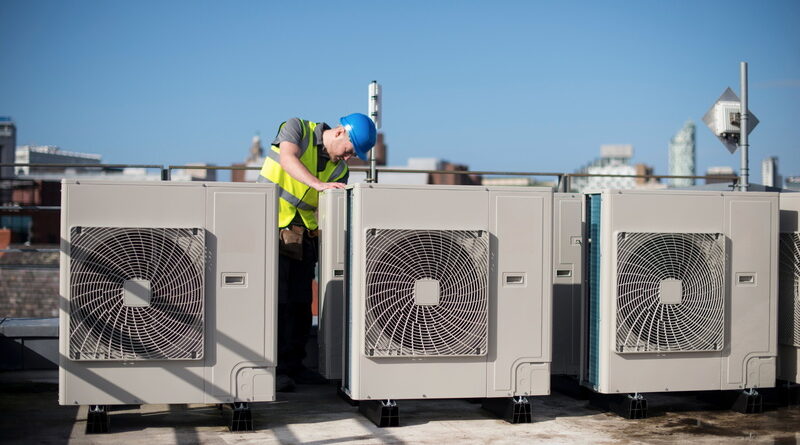7 Benefits Of Rooftop HVAC Platforms For Urban Spaces
In the bustling urban landscapes of Australia’s cities, every square meter counts. Space is a precious commodity, and making the most of it is essential for both economic and environmental reasons. One innovative solution that has gained momentum in recent years is the use of rooftop HVAC platforms. These elevated platforms, often located on top of commercial buildings, offer a range of benefits that contribute to the efficiency, sustainability, and comfort of urban spaces. In this article, we’ll explore the advantages of rooftop HVAC (Heating, Ventilation, and Air Conditioning) platforms in the context of urban environments.
Benefits Of Rooftop HVAC Platforms: Space Utilization
One of the most significant advantages of rooftop HVAC platforms is their ability to optimize space in densely populated urban areas. In cities where available land is limited, utilizing rooftop space for HVAC equipment can free up valuable ground-level areas for other purposes. This not only maximizes land use but also allows for more green spaces and recreational areas, contributing to a healthier and more pleasant urban environment.
Also read: Why Quality Matters: The Significance of a Reliable Fabric Yarns Supplier
Improved Energy Efficiency
Buildings can achieve even higher energy efficiency using Con-form HVAC platforms. HVAC systems installed on rooftops minimise energy loss during distribution by minimising the distance air must travel through ducting. Furthermore, the raised posture improves ventilation and airflow, which lessens the strain on HVAC systems and raises their general efficiency. As a result, energy use and greenhouse gas emissions are decreased, improving the environmental sustainability of metropolitan areas.
Noise Reduction
Noise pollution is a well-known problem in urban settings, and it may be a major source of stress for both employees and residents. Rooftop HVAC platforms help mitigate noise issues by relocating noisy HVAC equipment away from ground-level spaces. This results in quieter streets and a more pleasant urban living and working experience. Moreover, it allows for the creation of tranquil rooftop retreats for relaxation and recreation.
Aesthetically Pleasing Rooftop Landscapes
Rooftop HVAC platforms offer the opportunity to create aesthetically pleasing rooftop landscapes that enhance the visual appeal of urban areas. With proper planning and design, these platforms can support rooftop gardens, green spaces, and even urban farms. These green rooftops not only provide recreational areas for city dwellers but also improve air quality and contribute to urban biodiversity.
Simplified Maintenance And Repairs
Repairs and maintenance are necessary to extend the life of HVAC systems. Rooftop HVAC platforms simplify these tasks by providing easy access to equipment. Service technicians can perform routine maintenance and address issues more efficiently, minimizing downtime and disruption to building occupants. This streamlined process translates into cost savings for building owners and operators.
Zoning And Regulatory Advantages
In many urban areas, zoning and building regulations may restrict where HVAC equipment can be placed. Rooftop HVAC platforms often align with these regulations more effectively than ground-level installations, ensuring compliance with local laws and codes. This makes it easier for property developers and owners to navigate the permitting process and avoid potential delays in construction or renovation projects.
Enhanced Sustainability
Last but not least, rooftop HVAC platforms align with the growing focus on sustainability in urban development. By reducing energy consumption, improving air quality, and creating green spaces, these platforms contribute to the overall sustainability of urban areas. This is especially important in a world facing climate change challenges, as cities play a crucial role in reducing carbon emissions.
Conclusion
Rooftop HVAC platforms are a smart and sustainable solution for enhancing urban spaces in Australia and beyond. They make efficient use of limited space, improve energy efficiency, reduce noise pollution, and offer opportunities for aesthetically pleasing rooftop landscapes. Moreover, they simplify maintenance, align with zoning regulations, and promote sustainability—a critical factor in modern urban development.



